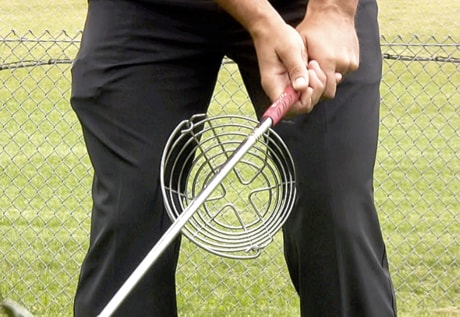How times have changed. Many years ago, the PGA Tour was becoming recognized by the masses in North America.
This of course, had a lot to do with many of the tour events being televised on the local and national television stations.
The stars of the past included Lee Trevino, Chi Chi Rodriguez, Arnold Palmer and the best of the bunch, Jack Nicholas to name a few.
It’s without a doubt that their on-course antics, colorful behaviour towards the crowd, their passion for competition and of course incredible skill helped pave the path for the games popularity it has today.
The look of the PGA tour has changed considerably over the years. The players of today are more machine like than in the past.
Rarely does the camera catch them smiling, conversing with the crowd or swinging their putter as if they were in a sword fight like Chi Chi Rodriguez did after sinking a putt to entertain the fans. Today’s game is a business as there’s millions of dollars at stake.
One can say the game of today has a new face compared to the past as does the swing of today.
Players of the past spent countless hours perfecting their skill by hitting lots of balls.
Most back then did not have the luxury of the swing coaches that they have today. Therefore, they taught themselves to hit the ball by trial and error and experimenting different moves.
By today’s standards, the swings of yesterday, appear unorthodox and not very efficient compared to the players of today.
The bottom line though was they hit the ball, with the same flight to their target every time.
This is the sign of a great golf swing. One that can be repeated that creates the distance and direction that you are looking for.
One of the most common questions I’m asked about the golf swing is “am I supposed to lift my left heel (for right handed golfers) in the backswing”? My friend told me to keep it on the ground as I take the club back.
Conventional and modern teaching techniques tell us that in the backswing, the left heel remains on the ground. It’s a fact that there should be no weight on the left heel when the club is at the top of the backswing but should remain on the ground.
This is true by today’s teaching standards but is much more complicated than that.
When instructing, my goal is ensure that your motion is as efficient as possible.
What this means is that I’m attempting to eliminate unnecessary moving body parts throughout your swing. Too much movement creates an element of inconsistency and therefore poor results.
This is a true statement but is much more complicated than that.
In the next few paragraphs I’ll simplify the body movement (in particular the lower body) and attempt to put to rest what happens to the left heel (for right handed golfers) in the back swing.
First of all, we need to discuss the motion of the swing, how does it work.
What we’re attempting to do when discussing the body, is simply make a rotational motion.
From the time we start taking the club back to the top of your back swing we simply rotate the body.
At the top of your back swing your shoulders will have turned 90 degrees with your hips turned half as much or approximately 45 degrees.
At this point your weight should be approximately 70 percent on your back foot. If you make this rotational motion then it’s reasonable to assume that your left heel remains on the ground.
Generally speaking, if your heel is coming off the ground then there is what I would call a breakdown or collapse of your knees in the backswing.
In your address position, your knees are a certain distance apart. This distance is mostly determined by the width of your stance.
When we start the club moving back, your hips will begin to rotate.
As we rotate, the right knee remains in the same position as it started but the left knee moves inward just slightly.
In other words, the left knee is also rotating or following the movement of the hips.
To better understand this, take a soccer ball and place it between your knees at address not allowing it to fall. When you turn to the top of the backswing the soccer ball should stay between your knees.
This drill will keep your knees working together, eliminating unnecessary movement and ensure your left heel stays on or close to the ground.
Finally, not al golfers are created equally and therefore no two bodies are the same.
What I mean by this is that even though there’s one swing that we are teaching golfers, there are many different body types. Therefore there are many ways to swing the club.
Depending on your swing motion and flexibility and body type, you may have no choice but to lift your left heel (for right handed golfers) in the backswing.
The best golfer in the world before Tiger was Jack Nicholas and his heel came off the ground in the backswing.
Is this wrong? By today’s standards it likely is not correct but his body said it had to happen.
Understanding how the lower body works and that whenever possible we prefer to keep your left heel on the ground in the backswing will hopefully assist you in making a more consistent contact with the ball.
Scott Bergdal is the head professional at the Lakewood Golf Resort near Sylvan Lake
